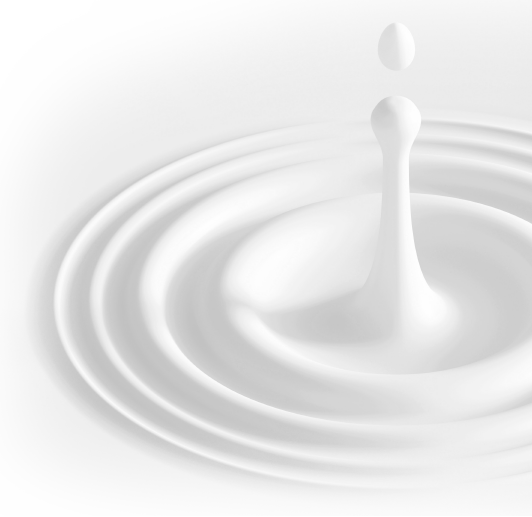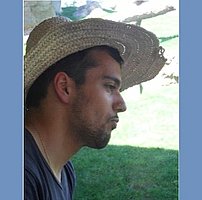I had the great opportunity to have a research stay for two months in the laboratory of Prof. Hutchings at the Cardiff Catalysis Institute in Wales in the end of 2015. RESOLV Graduate School of Solvation Science gave me the financial support to be able to make my journey. My project during my stay there consisted of several tasks. First of all, I had the opportunity to test my materials for various catalytic reactions which were not applicable in our laboratory. My PhD project mainly focuses on photocatalysis, that is, the utilization of (preferably visible) light instead of heat to run heterogeneously catalyzed reactions. Due to my experience in photocatalysis, I could help my colleague with whom I worked closely together during my stay. Her project also focuses on photocatalytic reactions and she started her PhD round about 6 months ago at the time when I arrived. The idea was to build a set-up which is quite similar to the set-up I use at the Max-Planck-Institut für Kohlenforschung. Although we had some great progress, we couldn’t finish the job before my flight back to Germany. Anyhow, I am pretty sure the set-up will be ready in the first weeks of January.
The third part consisted of a detailed investigation of the support effect on glycerol oxidation for various kinds of catalysts. I’d chosen this as a small project which was also an important aspect of the side-project of my colleague and I felt glad to contribute to this topic. All in all there was plenty of work to do during my two months stay at Cardiff University. It turned out to be a very productive task and the results might be published in the near future. Splitting your working time on several tasks seemed to be the way to go for my stay.
Science Zone
My research project consists of the utilization of the visible light absorption properties of nanosized gold particles for the chemical transformation of glycerol to value-added products. The whole progress of utilizing light for driving chemical reactions on a catalyst is known as photocatalysis. The purpose of my stay was the investigation of various gold containing catalysts for different reactions (glycerol oxidation, H2O2 synthesis, CO oxidation, benzyl alcohol oxidation etc.). On the other hand, the group was about to build a photocatalytic set-up. My experience in photocatalysis would help to build the set-up and investigate photocatalytic reactions.
I arrived on a Friday afternoon in Cardiff with a flight time of only one and half hour and had a very warm welcome from my colleagues. Luckily, they were all heading to the pub after work, so I could quite early get to know many faces. I used the weekend to get familiar with the city and – most importantly – to get used to the fact that people drive on the left side in the UK. This and other things which were different compared to other countries (like the plug sockets, the safety switches on the plug sockets, the lack of plug sockets in the bath room due to safety reasons, the lack of good bread etc.) were something which gave us always plenty to talk about when having conversations with my colleagues from abroad. Cardiff offers lots of things to do during your spare time. Every weekend there is a 5 km run through the Bute Park along the River Taff. The first time I joined the run, there were about 500 participants! Roath Park which, unfortunately, is way smaller than Bute Park was the next place I visited for my running session. Beautiful and informative places like Cardiff Bay, Cardiff Castle and National Museum Cardiff were also visited. Luckily, the weather was untypically dry and calm. Rainy and windy days accumulated only at the end of my stay.
Of course, there are a lot of pubs where you can try various kinds of beers. Talking about a good beer – I really appreciated my curiosity for trying new things out like different Ales or IPAs (India Pale Ales). The fact that they also served Lager beer saved me from my curiosity and helped me to enjoy more familiar beer types. A full English breakfast on the other hand is for me unarguably the best thing you can get to eat in the morning. Last but not least, a visit to Wales or UK in general will not be complete if there is no rugby game. Unfortunately, I couldn’t get a ticket for the quarter finals Wales against South Africa but I managed to join a game after the Rugby World Cup trouble – the Cardiff Blues against Nottingham. The matches of the Rugby World Cup were watched in the fully crowded pubs. Football requires a lot out of a body but I think Rugby puts some things into a new perspective. When you have enough from Cardiff, you can easily reach Bristol or Bath in England in about one hour by train. The highlight of my stay was the trip to London for one weekend with my cousin and some friends of her. I was really satisfied that I achieved a lot of things in the laboratory and also could manage to see a lot of Cardiff and other cities in the UK.
Eventually, I would like to thank Prof. Hutchings, my supervisor Dr. Simon Freakley and my colleague Laura Abis who not only gave me the opportunity for this research stay but also made every effort to have a productive and nice stay in Cardiff.
————————————————————————————————————————————
About the author





